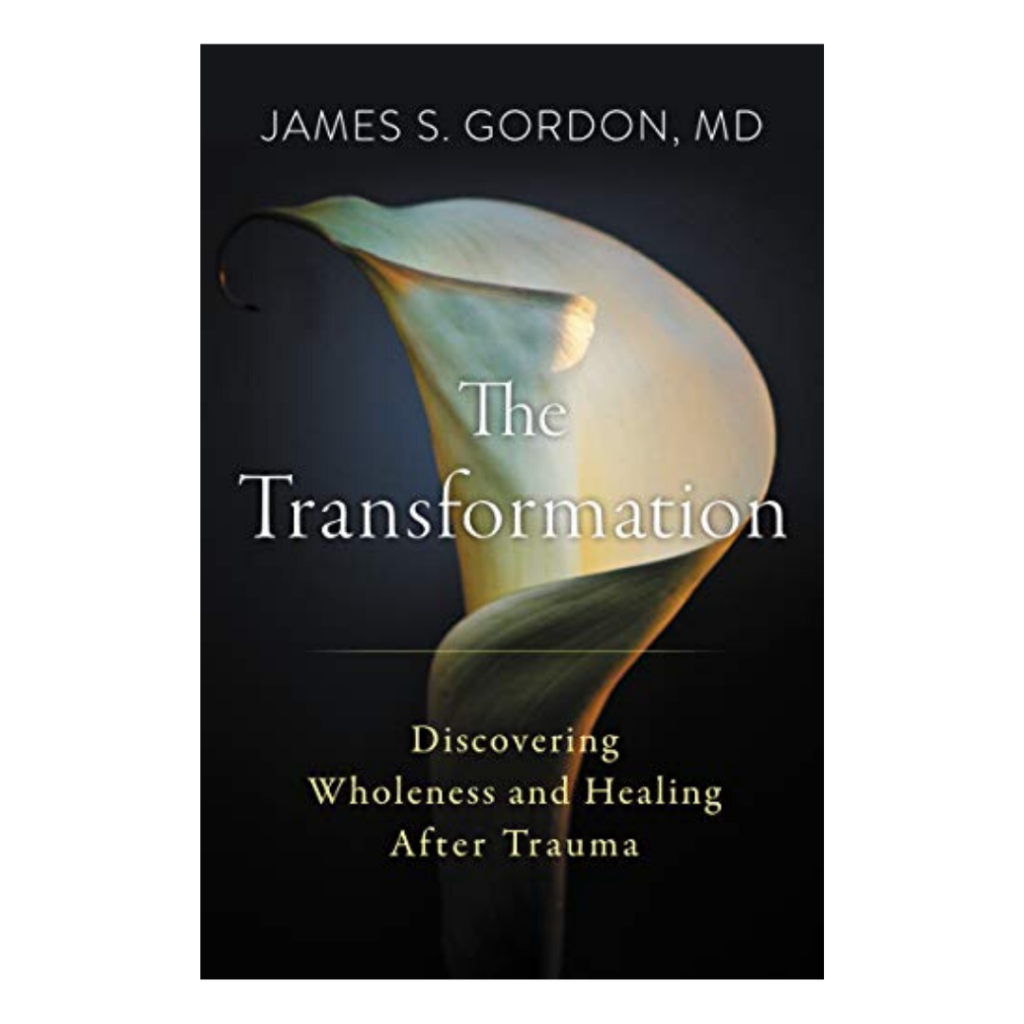Healing Ourselves from Trauma: The Transformation
Dr. James Gordon (Founder of the non-profit Mind-Body Centre) has written a book for all of us taking from his years of experience working with traumatized population groups after wars, natural disasters and other catastrophic events. Though he has worked in some of the most tragic of circumstances: war torn Bosnia, Haiti after the earthquake, the Parkland school shooting community, and New Orleans after Hurricane Katrina to name just a few, he stresses that trauma is a personal experience and is up to the individual to decide whether or not they are suffering and need help. “The Transformation” centres on the principle that we will all experience trauma in our lives, especially as we age, and that we can activate our own capacity for self-healing and therapy with the right guidance.

His approach is threefold:
Self-care
Self-Awareness
Self-support
The problem with trauma is that in order to survive, we often enter a deeply disassociated state, where we cut off from our basic emotions in order to “get through” something. We have a physiological fight or flight response when something bad happens. In the case of persistent trauma or PTSD we stay in that fight of flight response, even when the danger has passed. This puts an enormous strain on our physiological and emotional selves often leading to physical and mental illness, burnout or further crisis.
Expressive Meditation
Calming ourselves through meditation is an important aspect of the program but often in the case with trauma, people are so disassociated that asking them to “be in their bodies” is either too much or just simply not possible. I had a client once who found the “body scan”, one of the first steps of mindfulness, simply too triggering to her trauma and caused frightening flashbacks.
Dr. Gordon speaks to expressive meditation as an often-overlooked first step to re-experiencing our bodies in a more expressive way. This is often through intense breathing exercises or meditative dance or movement. I once experienced a pranayama-breathing circle where half the group began to cry. Through the meditative practice a deep release was able to occur, releasing stored up emotions by bypassing the intellectual and defensive blocks to grief. To finally cry feels good and facilitates the grieving process, allowing people to eventually heal without getting too deeply into the content of the trauma itself, which can be sometimes re-traumatizing.
The group aspect is another important part of healing from trauma and the sense of a community supporting each other through the process, especially after basic trust in the world or people in general has been deeply shaken. The structure that a group can provide is often the only thing that holds people while they are healing. It helps prevent people from self-isolating and falling into the self-sabotaging symptoms of their trauma.
Self-care
This cannot be overlooked in importance and includes the importance of healthy foods, exercise and spending time in nature. It also includes time for quiet reflection, free from the distraction and constancy of social media and the never-ending news cycle. Making time for quiet and the present moment is important to give the body and the mind a rest.
Conclusion
As we go through a global crisis of illness, panic and uncertainty this book and the work of Dr. Gordon proves to be even more relevant to even more of us. Healing is an action that we can all participate in for ourselves. Taking the time for release and grief must be something that we actively pursue through our conscious intentions.
Expression Exercises
Put on some uplifting music for 10 minutes and allow yourself to simply move to the music. Repetitive drumming music can help facilitate the rhythm and energy of the expression.
At the end of the 10 minutes calm yourself with a slower song that you love.
Creative Exercises
Draw yourself
Draw yourself with your biggest problem
Draw yourself with your biggest problem solved

